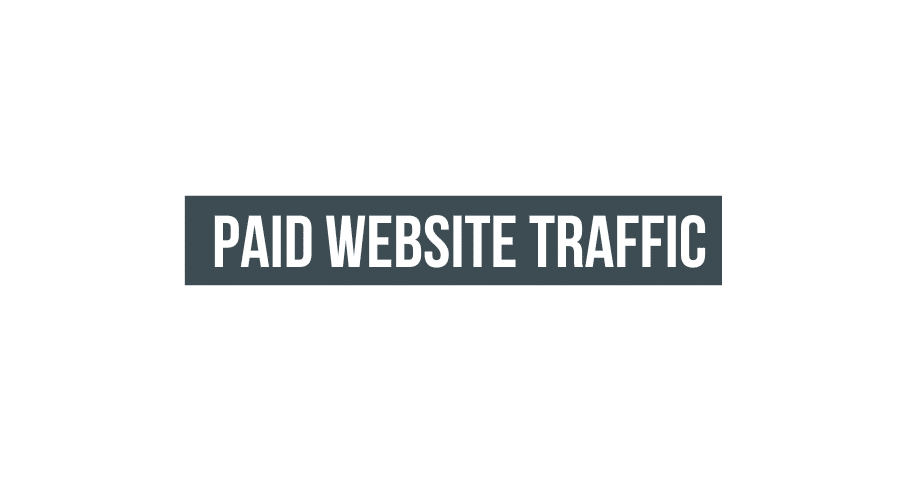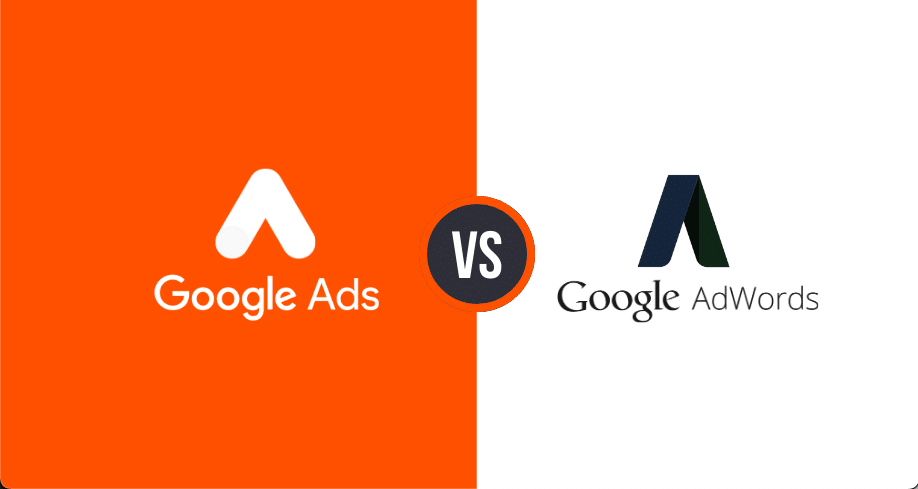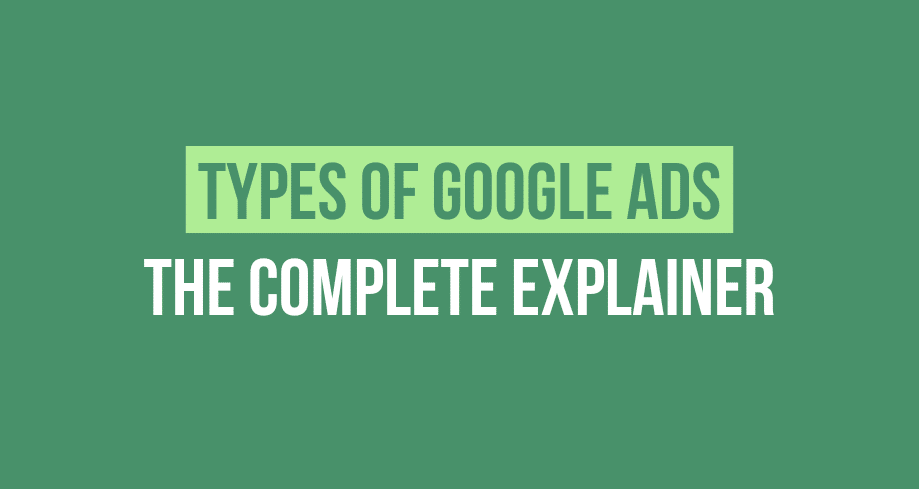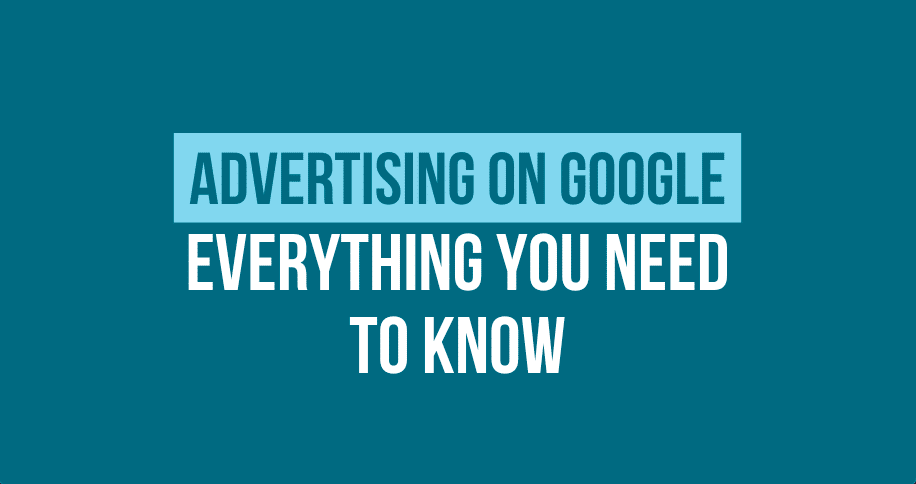If you are looking for a way to increase website traffic, the paid advertisement can be an effective and efficient approach. Paid website traffic is the process of purchasing online ads in order to direct high-quality visitors to your site. This type of advertising has become increasingly popular as it offers businesses the chance to reach their target audience quickly and easily.
With paid website traffic, you can set up campaigns that will drive more leads, conversions, sales and brand awareness. Additionally, with the right strategy in place, you can get results faster than with other forms of marketing. In this guide we’ll look at some tips on how to get started with paid website traffic and what strategies work best for different types of businesses.
What Is Paid Traffic?
Paid traffic is a form of advertising that involves paying for visitors to come to a website or particular web page. This can be done through a variety of methods such as Google Ads, Facebook Ads, and other online advertising platforms. The goal of paid traffic is to increase the amount of potential customers or visitors to your site by targeting people who are more likely to be interested in your products or services.
When using paid traffic, businesses will typically pay a certain cost-per-click (CPC) rate which is determined by factors such as the content of the ad and its target audience. This way, businesses can measure their return on investment (ROI) and adjust their strategy accordingly. Some other forms of paid traffic include sponsored posts, display ads, and influencer marketing.
Paid traffic can help businesses reach an audience with higher intent; meaning they are more likely to purchase whatever product or service you’re promoting. Additionally, you have control over the exact population you want to target with your campaigns as well as how much you’re willing to spend on each one. As opposed to organic methods such as SEO where it takes time before seeing results due to algorithms and search engine indexing times, paid traffic helps drive immediate results which can be especially helpful for new businesses with limited resources.
How Does Paid Traffic Work?
Paid traffic refers to the process of driving targeted web visitors to a website or landing page through various paid advertising methods. It is an essential component of modern digital marketing strategies, as well as a powerful tool for businesses looking to gain more organic traffic and customers.
To understand how paid and organic traffic works, let’s first look at some of the most common types of paid advertising methods available:
Search Advertising: This type of advertising allows businesses to advertise through search engines like Google or Bing, targeting specific keywords and phrases that are relevant to their product or service offering. When someone enters one of these keywords into the search engine, your ad will appear alongside other search results for that keyword.
Social Media Advertising: This form of advertising uses social media platforms such as Facebook and Twitter to reach potential customers. Ads can be targeted at people based on their interests, demographic information, location, language and more.
Display Advertising: Display ads are usually graphical or video-based ads that appear when a user visits certain websites or clicks on another website advertiser’s link. This type of ad requires creative content in order to stand out and drive higher click-through rates (CTR).
Affiliate Marketing: Affiliate marketing involves partnering with other companies that have products related to yours in order to promote them on your website. You will earn commission each time someone visits your site and then purchases the product or service you are promoting.
Pay Per Click (PPC): PPC is an online advertising model where advertisers only pay when someone clicks on their ad. Advertisers can set daily budgets and bid on keywords they want their ads to show up for; the higher the bid, the higher chance an ad will be displayed for a given keyword search query.
What are Paid Traffic Sources?
Paid search traffic campaigns and sources are online marketing and advertising efforts that require the use of a budget in order to bring visitors to a website or landing page. These sources typically involve the advertiser paying for clicks, impressions, views, or leads. Examples of paid traffic sources include social media ads (such as Facebook Ads, Instagram Ads, LinkedIn Ads), display paid ads (like Google Display Network and Retargeting), search engine marketing (SEM) like Pay-Per-Click (PPC) campaigns on Google AdWords, Bing Ads, and Yahoo Gemini and cost-per-action campaigns on various ad networks.
Advertisers will usually set up their campaigns with the intention of achieving their desired goals—whether that be sales, leads, or sign ups. To do this, marketers select strategies such as targeting specific audiences or buying keyword phrases that have been proven to have higher conversion rates than others.
Different platforms will also offer different bidding models such as cost per click (CPC), cost per thousand impressions (CPM), cost per action (CPA), and cost per lead (CPL). This helps advertisers determine which model is best suited for their campaign objectives so they can deliver maximum ROI.
How Does Google Decide Where to Rank Your Ad?
Firstly, Google takes into account the expected performance of your ad based on its Quality Score. This score is determined by how well your ad matches up to what a user is searching for. This includes factors such as keyword relevance, landing page experience, click-through rates (CTRs), and ad relevance. The higher your Quality Score, the more likely your ad is to appear in a prominent position on the search engine results page (SERP).
Next, Google considers several other contextual factors when determining where to rank your ad. These include things like the device being used (desktop or mobile), time of day (daytime or nighttime), and geographic location of the user. In addition to this, they also take into account the competitiveness of an auction by considering advertiser bids against each other in order to determine who will be given priority placement on SERPs.
Finally, Google looks at how relevant each individual advertisement is relative to others in that same query space. This is done by analyzing how users interact with particular ads—whether they’re clicking through or not—and then allocating ads better suited for those searches accordingly. Moreover, advertisers can also make changes to their campaigns based on real-time feedback from users so that their ads are most relevant for each unique query that’s made.
Why Is Paid Traffic Important?
When working on to generate paid traffic, businesses are able to quickly see a return on investment (ROI) as the ads they run can be targeted towards a specific audience and monitored throughout the length of the campaign. This allows them to make adjustments or pauses when necessary in order to maximize results. Businesses are also able to take advantage of multiple channels, such as display ads, search engine optimization (SEO), pay-per-click (PPC), social media ads, and more – each providing unique benefits depending on the desired outcome.
In addition, with paid traffic source, businesses are able to focus their attention on message customization for different target audiences. Being able to create customized messages for different groups increases the likelihood that those messages will resonate and result in higher engagement rates from potential customers. With this type of message customization, marketers are also better equipped with data that can help inform future campaigns.
Free Ways to Increase Website Traffic from Google
One of the best ways to increase website traffic from Google is to optimize your site for search engine optimization (SEO). SEO involves a range of techniques that help your website rank higher in relevant search engine results. These techniques include optimizing page titles, meta descriptions, and URL structures; creating high-quality content; improving internal and external linking structures; and using keywords strategically throughout the content. In addition to these basics, here are some other free ways you can increase website traffic from Google:
- Use social media platforms to promote content – Social media is a powerful tool for driving more organic traffic to your website. You should leverage existing relationships on social media platforms such as Facebook, Twitter, Instagram, LinkedIn, or YouTube to share relevant and engaging posts that link back to your website. This will help you build relationships with potential customers and bring them back to your site.
- Participate in online forums – Joining online forums related to your niche can be an effective way of connecting with potential customers and generating more organic web traffic. By participating in conversations and answering questions posted by members of these communities, you can show off your expertise while also providing helpful information that might lead people back to your site.
- Take advantage of local SEO – If you own a business with a physical location, then local SEO can be valuable for driving foot traffic into your store or shop. The key is to make sure that your business is listed on popular business directories such as Yelp or Google My Business so that it appears in local search engine results when users type in related queries.
- Submit press releases – If you have newsworthy updates about your business such as new products or services, then submitting press releases through websites like PR Web can generate additional exposure for your site and attract more visitors from interested audiences.
- Leverage email marketing – Sending out timely newsletters or promotional emails targeting existing customers can be an effective way of reminding them about what you do and enticing them back to visit again if they haven’t already done so recently. Make sure that each email includes strong calls-to-action (CTAs) which link directly back to the pages on your website where they can find more information or convert into paying customers if applicable.
- Optimize images on the site – Images are often overlooked when it comes to optimizing websites but they play an important role in both providing visual appeal as well as helping users find what they are looking for quickly when they perform searches online using image search engines like Google Image Search or Yahoo Image Search.. To ensure better visibility within these image search engines, make sure that all images included on the site have appropriate title tags and descriptions so they can be indexed correctly by search engines spiders crawling the webpages containing them.





